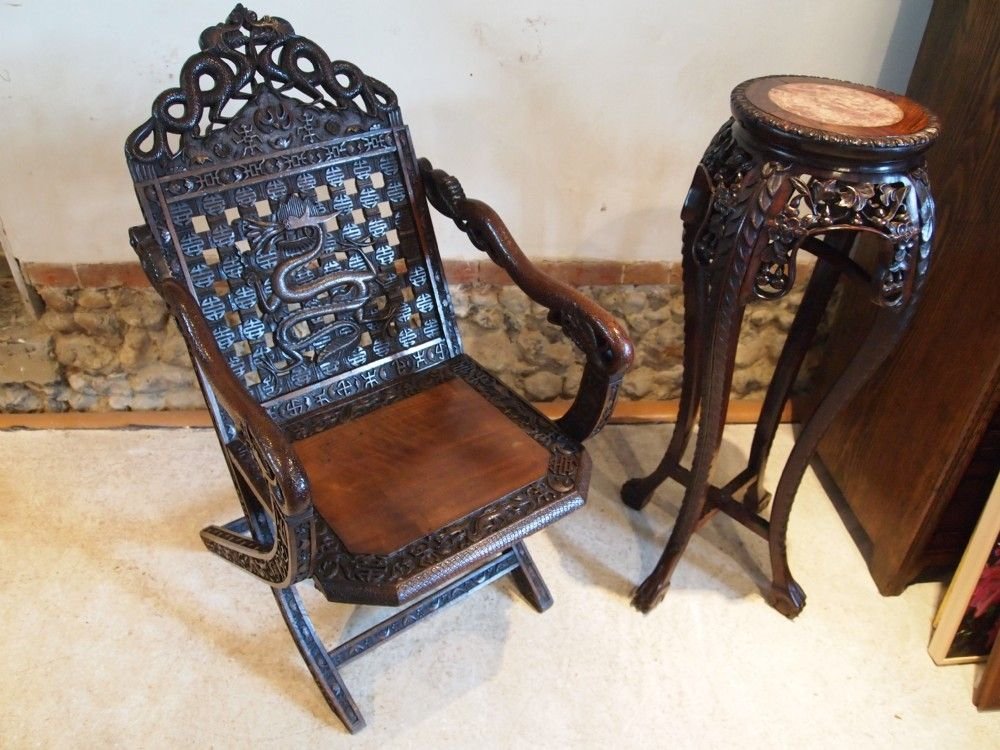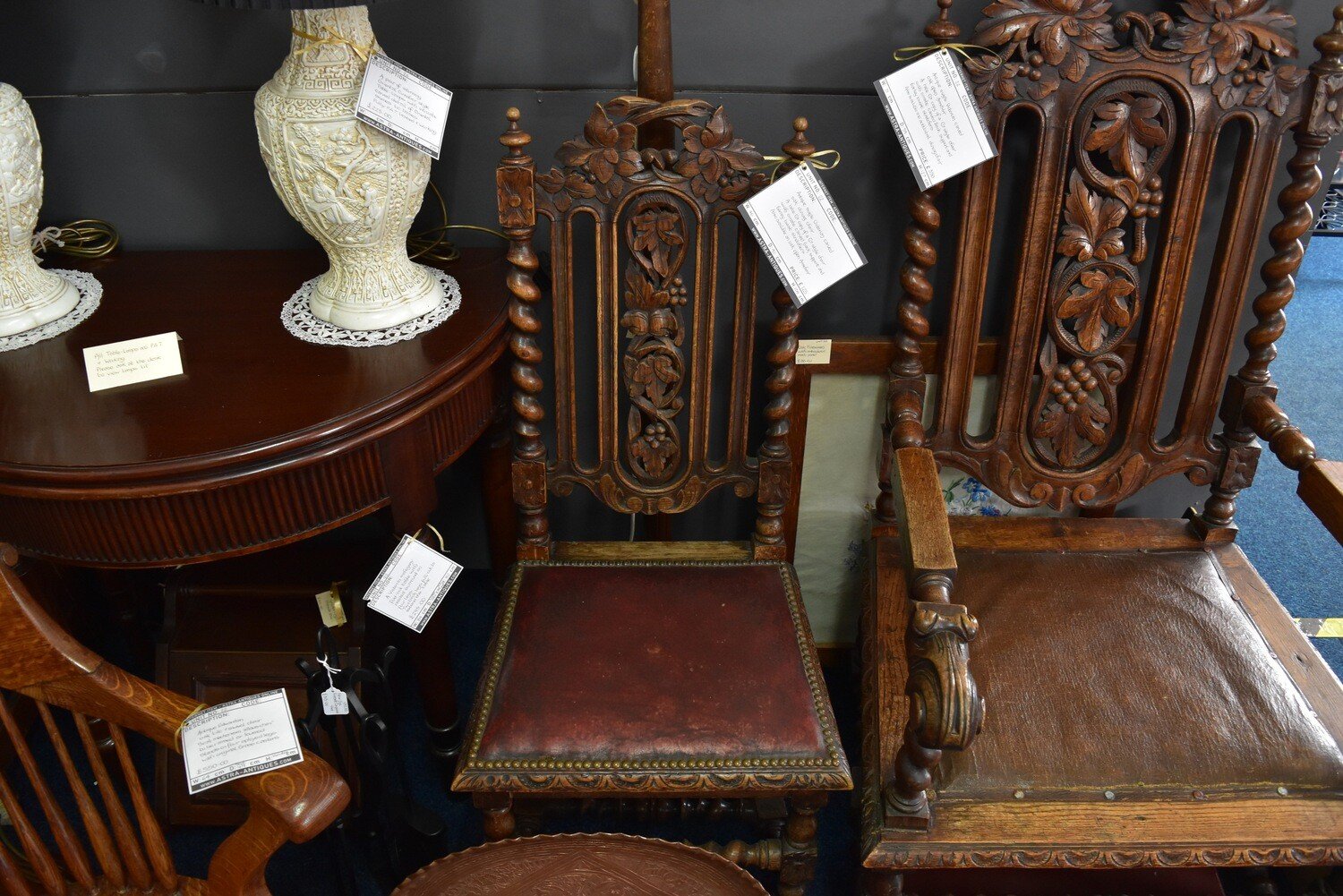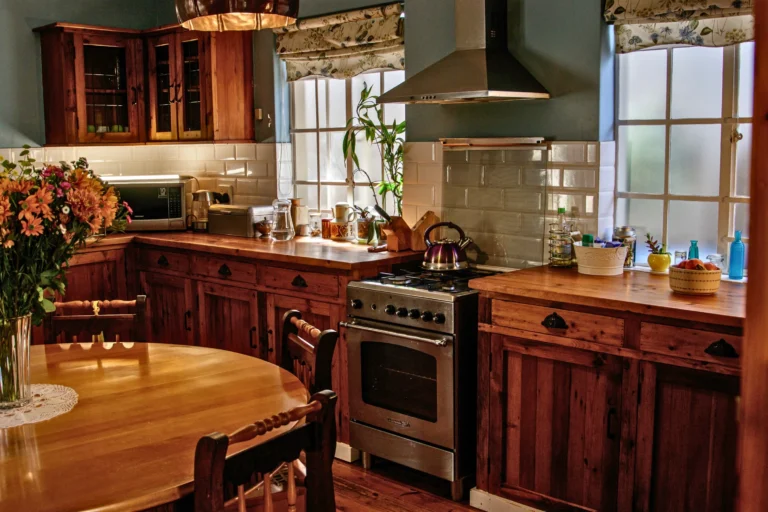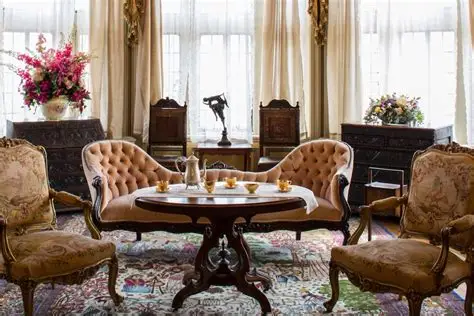
How to Identify Genuine Antique Furniture
Antique furniture carries history, artistry, and value. However, not every old-looking piece is genuinely antique. Learning how to identify genuine antique furniture is essential for collectors, homeowners, and enthusiasts. Understanding what makes a piece authentic helps you avoid fakes and make informed investments.
Genuine antiques reveal craftsmanship, materials, and signs of age that modern reproductions often lack. By paying attention to details, you can determine the authenticity and value of a piece.
Why Authenticity Matters
Identifying genuine antiques ensures that your collection is:
-
Valuable: Genuine antiques often appreciate over time.
-
Historically accurate: Each piece reflects the design and style of its era.
-
Durable: High-quality craftsmanship makes genuine antiques long-lasting.
-
Unique: Authentic pieces carry individuality that mass-produced reproductions lack.
Knowing how to verify authenticity protects your investment and enhances your collection.

Key Indicators of Genuine Antique Furniture
1. Construction Techniques
-
Hand-cut joints: Look for dovetails or mortise-and-tenon joints made by hand, not machine.
-
Tool marks: Uneven saw marks or chisel marks indicate handmade craftsmanship.
-
Nails and screws: Old nails often have square heads, and screws may show irregular threading.
-
Drawer construction: Hand-cut dovetails in drawers are a reliable indicator of age and authenticity.
Handmade construction techniques differentiate genuine antiques from modern reproductions.
2. Signs of Age
-
Wear patterns: Check edges, handles, and seat areas for natural wear.
-
Patina: A genuine antique develops a rich, subtle surface finish over decades.
-
Wood shrinkage: Older wood often shows minor warping, splitting, or shrinking.
-
Fading and color changes: Exposure to light and air over time affects the finish.
These natural signs of aging indicate authenticity without diminishing beauty.
3. Materials Used
-
Solid wood: Genuine antiques typically use solid hardwoods like oak, walnut, or mahogany.
-
Veneers: Antique veneer work may show irregular patterns or signs of hand-cut application.
-
Hardware: Original handles, hinges, and locks are often made of brass or iron with aged patina.
-
Fabric: Upholstery may have natural fibers like cotton, linen, or horsehair stuffing.
Authentic materials reflect the period and region where the piece was made.
4. Style and Design
-
Period-specific details: Carvings, motifs, and shapes match historical design trends.
-
Proportions: Older pieces often have slightly irregular proportions compared to modern reproductions.
-
Regional influences: Recognize characteristics of specific areas, such as Victorian England or Ming Dynasty China.
Understanding design history helps identify genuine antiques accurately.
5. Provenance and Documentation
-
Labels or maker’s marks: Some furniture carries stamps, engravings, or labels indicating origin.
-
Ownership history: Documentation or receipts can provide context for age and authenticity.
-
Expert appraisal: Certified appraisers can verify authenticity and provide valuation.
Provenance strengthens the credibility of any antique piece.
Tips for Buyers and Collectors
-
Inspect carefully: Examine every joint, surface, and corner for authenticity clues.
-
Ask questions: Inquire about origin, age, and restoration history.
-
Compare pieces: Study known antiques from the same period for reference.
-
Avoid too-good-to-be-true deals: Extremely low prices may indicate reproductions.
-
Consult experts: Antique dealers and appraisers provide reliable guidance.
Following these tips reduces the risk of purchasing fake or poorly restored furniture.
Caring for Genuine Antique Furniture
Once you identify genuine antiques, proper care preserves their value:
-
Regular cleaning: Dust with soft cloths and avoid harsh chemicals.
-
Polishing: Use wax or polish suitable for antique finishes.
-
Control environment: Maintain stable temperature and humidity to prevent cracking or warping.
-
Handle with care: Avoid dragging furniture and minimize heavy usage.
Proper maintenance ensures your antiques remain beautiful and functional for decades.
Conclusion
Learning how to identify genuine antique furniture is crucial for collectors and enthusiasts. By examining construction techniques, materials, style, signs of age, and provenance, you can distinguish authentic pieces from reproductions. Paying attention to detail, seeking expert advice, and caring for your antiques will preserve both their beauty and value. With knowledge and patience, you can confidently build a collection of genuine antique furniture that is historically significant, visually stunning, and potentially a valuable investment.







